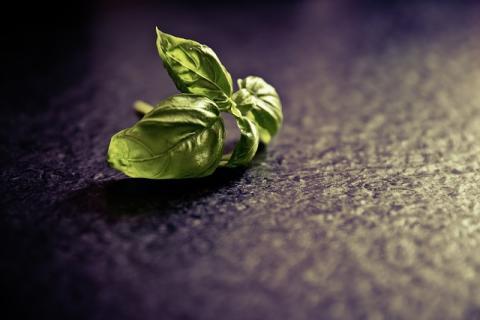
Herbs and spices elevate the flavor of our food, giving it that little something extra. We use them in tonics to cure what ails us. They stock our cabinets waiting to be utilized. Yes, herbs and spices are like the icing on the cake. But while they both are used to enhance the flavors of our food, have you ever wondered what exactly the difference is between the two?
While it's not always the case, it is possible that an herb and a spice come from the same plant. Take the spice coriander and herb cilantro, for instance. Cilantro is the fresh leaf we use to make foods like salsa, whereas coriander is the dried seed. So why is one a spice and one an herb if they can come from the same plant?
Getting down to it, it's called an herb when it is the leaf of a plant. Basil, mint, rosemary, sage – these are all considered to be herbs. The seed, bark, berry, etc. of the plant is called a spice – such as ginger, turmeric, cayenne, and cumin. So the rule of thumb: if it's a leaf, then it's an herb. Anything else is considered a spice.
When cooking with the two, spices are typically added at the beginning. This allows their essential oils to be released and bring out the full potential of their potency. However, there are always exceptions, like pepper, which is usually added at the end.
Fresh herbs like basil and mint can add a nice punch to a dish when added as a garnish. However, herbs such as rosemary and sage can be cooked with foods like soups and stews to enhance the dish. So really, it all depends upon the type of herb and spice, along with the desired flavor effect.
Regardless of when you add them, the endless combinations of herbs and spices are truly a delicacy in cooking.








